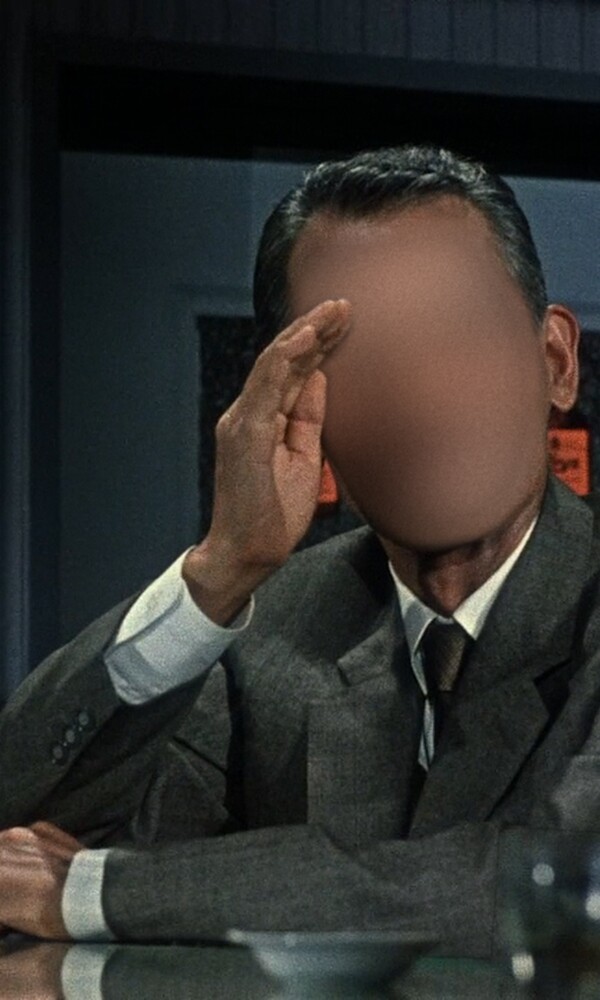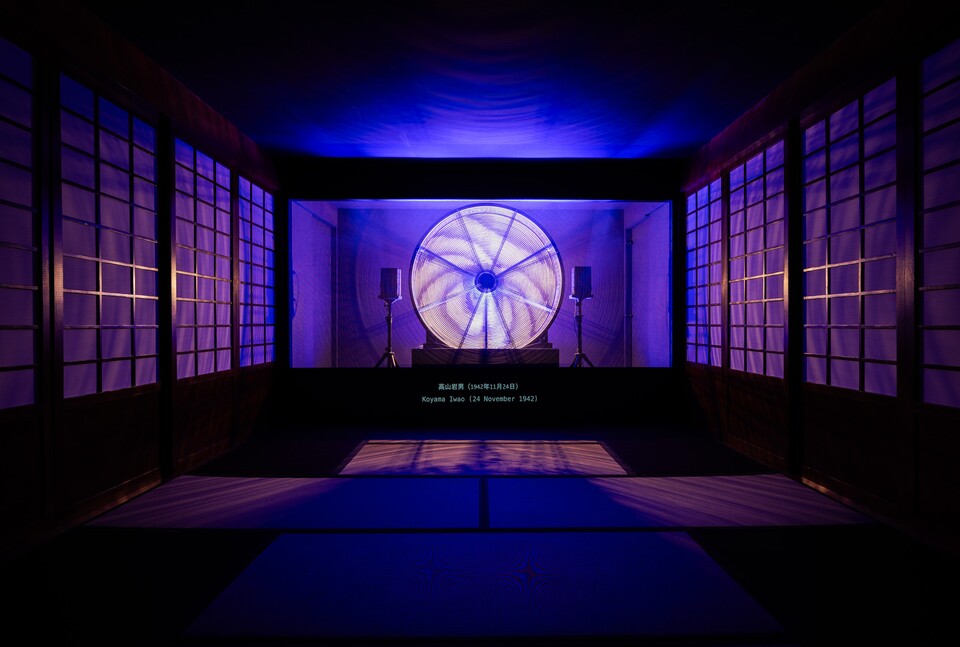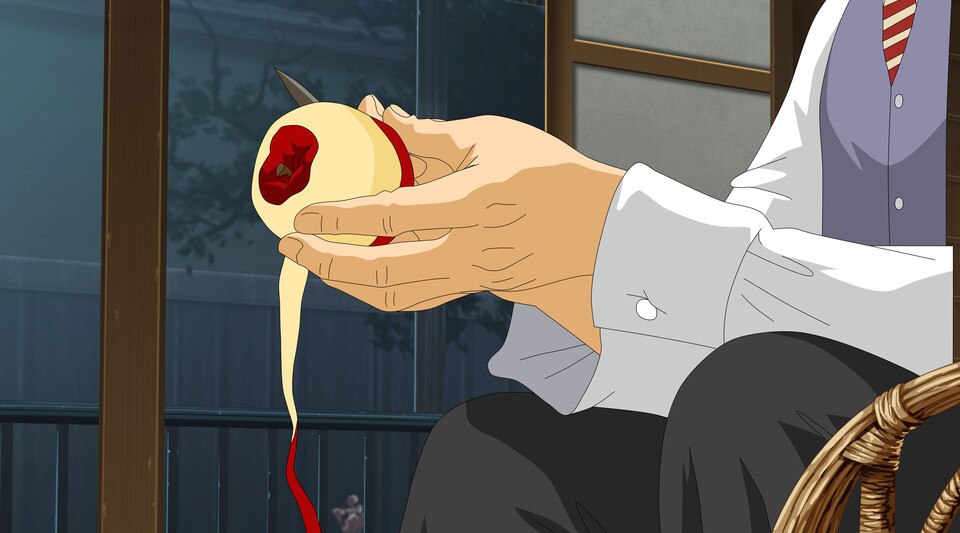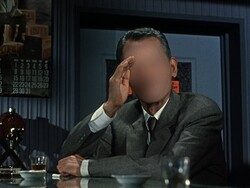Venue
1st floor Gallery of Contemporary Art
The exhibition Ho Tzu Nyen: Time & the Tiger is the first mid-career survey dedicated to the artist Ho Tzu Nyen (*1976) and his multifaceted artistic practice. Widely considered one of the most innovative artists to emerge internationally in the past twenty years, Ho creates complex and compelling video installations that probe reality, history, and fiction rooted in the culture of Southeast Asia.
As a visual artist, writer, theatre-maker and filmmaker, Ho Tzu Nyen’s work has continuously challenged conventional hierarchies in our understanding of the past. His immersive multimedia installations draw from historical events, documentary footage, art history, music videos, and mythical stories to investigate the construction of history, the narrative of myths, the passage of time and the plurality of identities.
Time & the Tiger charts the development of Ho’s work through the tiger and other shapeshifting figures that proffer the promise of becoming and metamorphoses, and time as an embodied and heterogenous experience. Ho works across a variety of media to critically examine how histories—be they state, cultural, or personal—are continually imagined, negotiated, and performed. Commenting on the cross-culturalism of Southeast Asia, Ho invokes and unravels a vast range of subjects, from pre-colonial and colonial myths, to European Renaissance paintings, to modernist narratives and geopolitics, to cinematic representations of a hybridized and unstable present.
- Read more
More than a decade ago, Ho initiated the project The Critical Dictionary of Southeast Asia with the question: “What constitutes the unity of Southeast Asia, a region that has never been unified by language, religion or political structures?” While this query came through Ho’s education in the field of Southeast Asian studies, he shifts it onto the realm of aesthetics, rendering the region as a generative matrix for many projects since, including the video installations The Name; The Nameless (both 2015); CDOSEA; One or Several Tigers (both 2017); Hotel Aporia (2019); and two new works T for Time and T for Time: Timepieces (2023-ongoing) co-commissioned by Singapore Art Museum and Art Sonje Center Seoul with M+ Hong Kong, in collaboration with the Museum of Contemporary Art Tokyo and Sharjah Art Foundation.
Blending the techniques of shadow puppetry and digital animation and, drawing on more than a decade of historical research, One or Several Tigers centers around a lithograph entitled Interrupted Road Surveying in Singapore (c. 1865-85) by German illustrator Heinrich Leutemann. This print depicts Irishman George Drumgoole Coleman, who is credited with designing and constructing modern-day Singapore, encountering a tiger while conducting surveying work in the jungle with a group of prisoners. In Ho’s imaginative restaging, the tiger represents the colonial imaginary, with the workers clearing the jungle to make way for what is today a hub of global capitalism and, as the artist references, a so-called »Asian Tiger« state.
With Hotel Aporia, Ho explores Japan’s history and the changes coursing through the twentieth century: It features a cast of historical figures from Japan’s interwar period including World War II kamikaze pilots, philosophers of the Kyoto School, filmmaker Yasujirō Ozu, mangaka and animation director Ryuichi Yokoyama, all of whom were caught up in the heady mix of Japan’s militant nationalism, anti-modernism and cultural propaganda. Contradictions between the beliefs and actions of the characters come to the surface, so much so that it becomes impossible to agree upon the “Japan” that is referred to and idealized by some.The publication will feature a selection of Ho’s writings on some of the terms that have been generated from The Critical Dictionary of Southeast Asia—…»G for Gene Z. Hanrahan«, »H for Hydrography«, »L for Lai Teck«, which was a triple agent and the Secretary-General of the Malayan Communist Party from 1939 to 1947, and is the main character of the Nameless and the Name video installations. These texts will highlight how the contours, tones and textures of his research on Southeast Asia have changed and grown over time. They will be accompanied by writings from curators and artistic collaborators who have each encountered Ho’s practice at different junctures, from the decolonizing potentials of the algorithm to the value of repetitions: Hiroki Azuma, Kathleen Ditzig, May Adadol Ingawanij, Jang Un Kim & Je Yun Moon, Shabbir Hussain Mustafa, Lee Weng Choy, Yoko Nose, Kenneth Tay, and Selene Yap.
Ho Tzu Nyen (*1976, in Singapore) lives and works in Singapore. He earned a B.A. in Creative Arts from Victorian College of the Arts, University of Melbourne (2001), and a M.A. in Southeast Asian Studies from the National University of Singapore (2007). Ho exhibited at the Singapore Pavilion at Venice Biennale (2011), had international solo exhibitions, and was part of the Gwangju Biennale (2021) and the 14. Sharjah Biennale (2019). His films were shown in various festivals. He co-curated the 2019 Asian Art Biennale in Taiwan.The exhibition is organized with the Singapore Art Museum (SAM), and produced in collaboration with the Art Sonje Centre Seoul, Hessel Museum of Art-Bard College New York, and MUDAM Luxembourg.
Curator
- Dr. Corinne Diserens
Assistant Curator
- Leona Marie Ahrens






